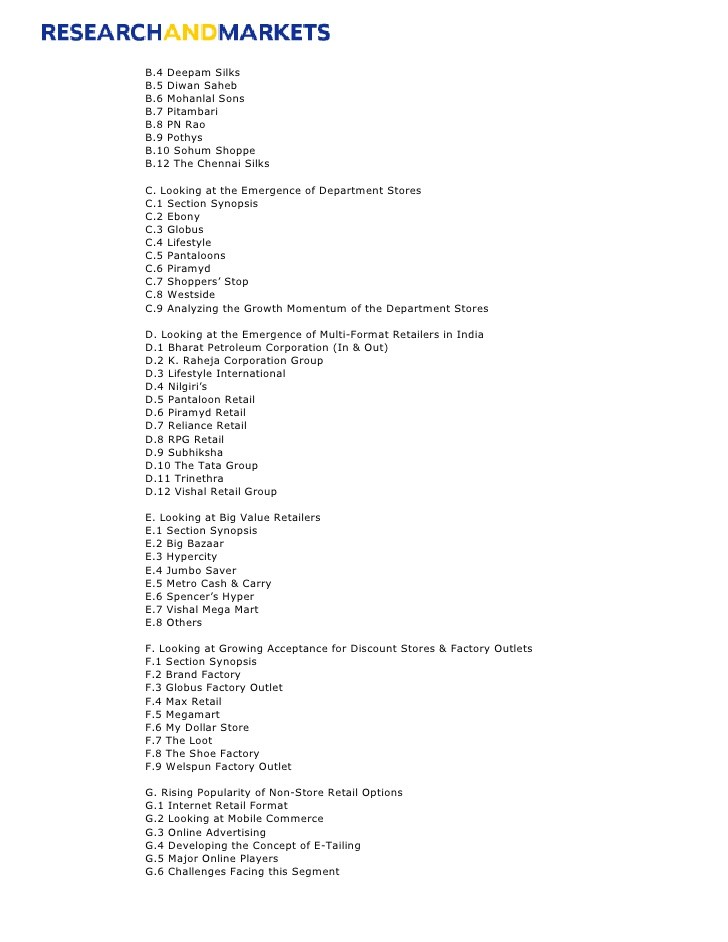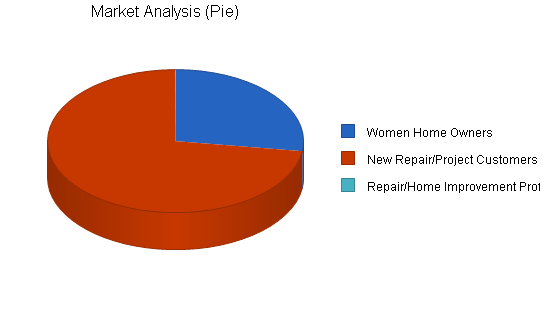Analyzing 5 Discount Retail Stores
Post on: 12 Апрель, 2015 No Comment

The economic weakness has led to a change in spending pattern for low-end consumers. Recent same-store sales reports from various general merchandise retailers indicate a shift away from large supercenters like Wal-Mart (NYSE:WMT ) and Target (NYSE:TGT ) to discount stores like Dollar Tree (NASDAQ:DLTR ) and Family Dollar Stores (NYSE:FDO ). Dollar Tree for example reported same-store sales growth of 7.1%, 4.7% and 4.8% during the 1st three quarters of the year, respectively. The last quarter increase of 4.8% was aided by a 1.4% higher ticket price and 3.4% increase in customers. I am not fond of the use of higher ticket price to boost sales as I do not see it as a sustainable model in this sluggish growth economy. Therefore, the 3.4% increase in customers is promising. Contrast that to the 4.3% comparable-store sales growth at Target during the last month which was almost completely a result of the 4% increase in ticket prices. Sooner rather than later, the price hikes will result in an acceleration of low-end and medium-end customers moving to the discount retailers.
I consider the discount store industry as an attractive business to be invested in during these hard times. Analysts expect the industry to grow at an annual rate of 14% for the next five years. In this article, I will evaluate five companies from this industry and develop my fair value estimates for the individual companies. The companies selected for analysis are:
1) 99 Cents Only Stores (NYSE:NDN )
2) Freds Inc (NASDAQ:FRED )
3) Dollar Tree, Inc
4) Big Lots (NYSE:BIG )

5) Family Dollar Stores
As some of you might notice, I have not included Dollar General (NYSE:DG ), the biggest firm in the industry. The company seems to be doing well, but has substantial debt on its balance sheet. As such, it does not meet the guidelines I use for investment purposes.
As part of my analysis, I paid close attention to the historical growth rates in revenue, net income, and book value. To measure efficiency in operations, I examined the cash conversion cycle, and gross and operating margins. Next, I looked at the return on invested capital to evaluate how well the companies were using their financial resources to generate returns. Finally, employing a very subjective analysis, I ranked the companies based on the individual criteria. The growth rates, operational characteristics, and my rankings for these parameters are presented below.
Historical Revenue Growth Rates:














